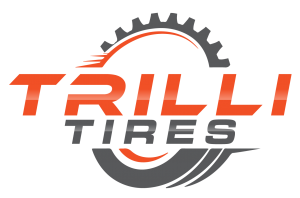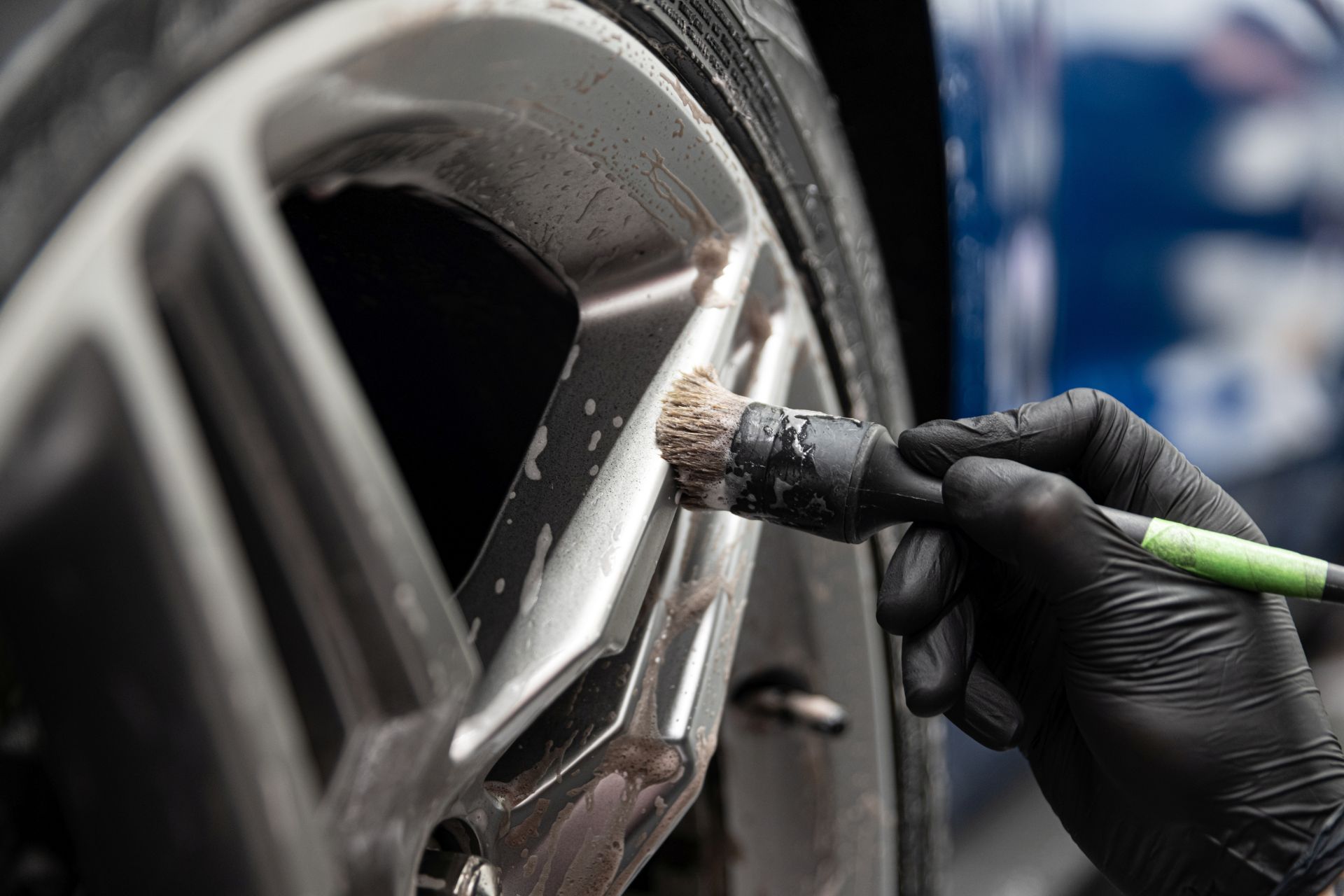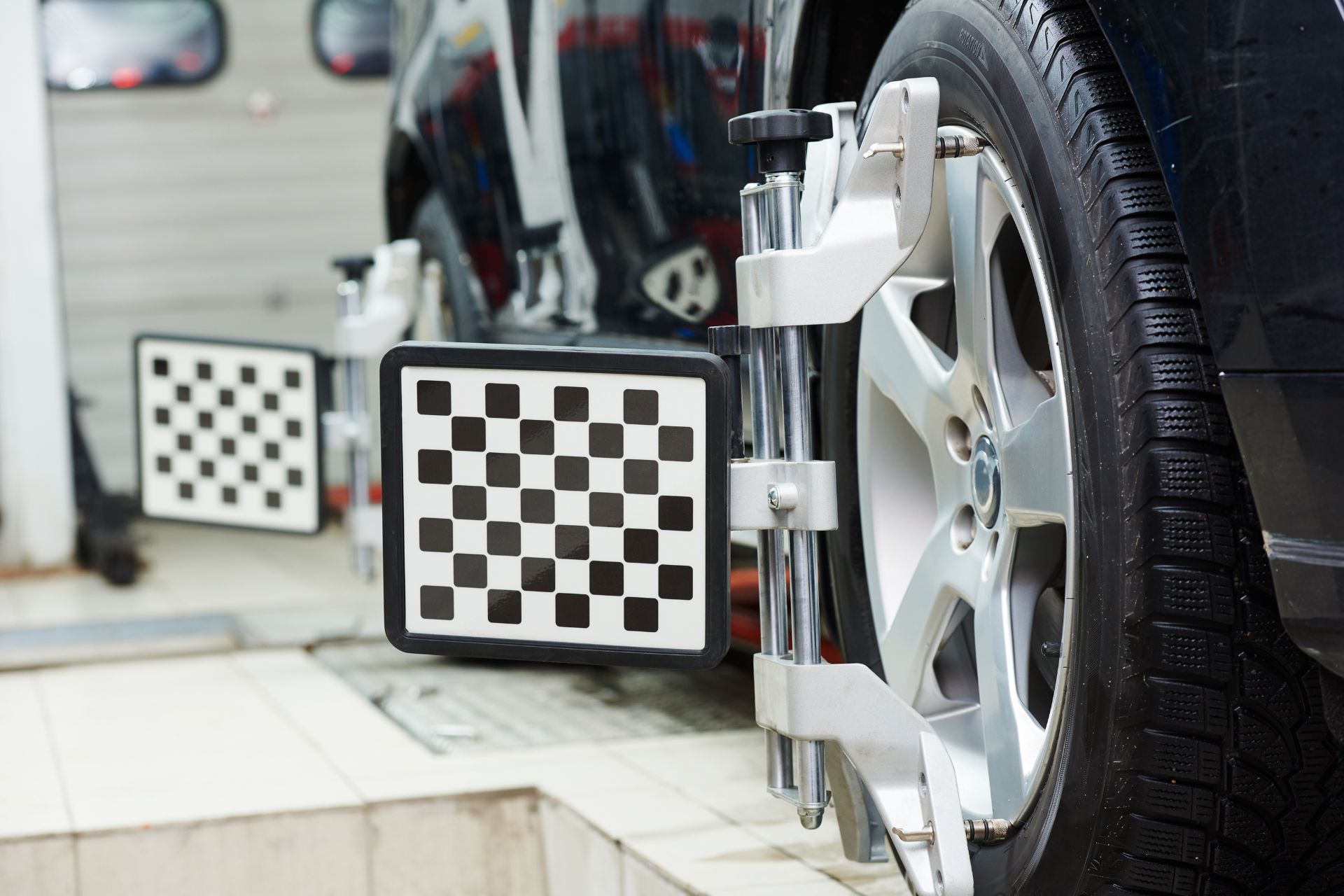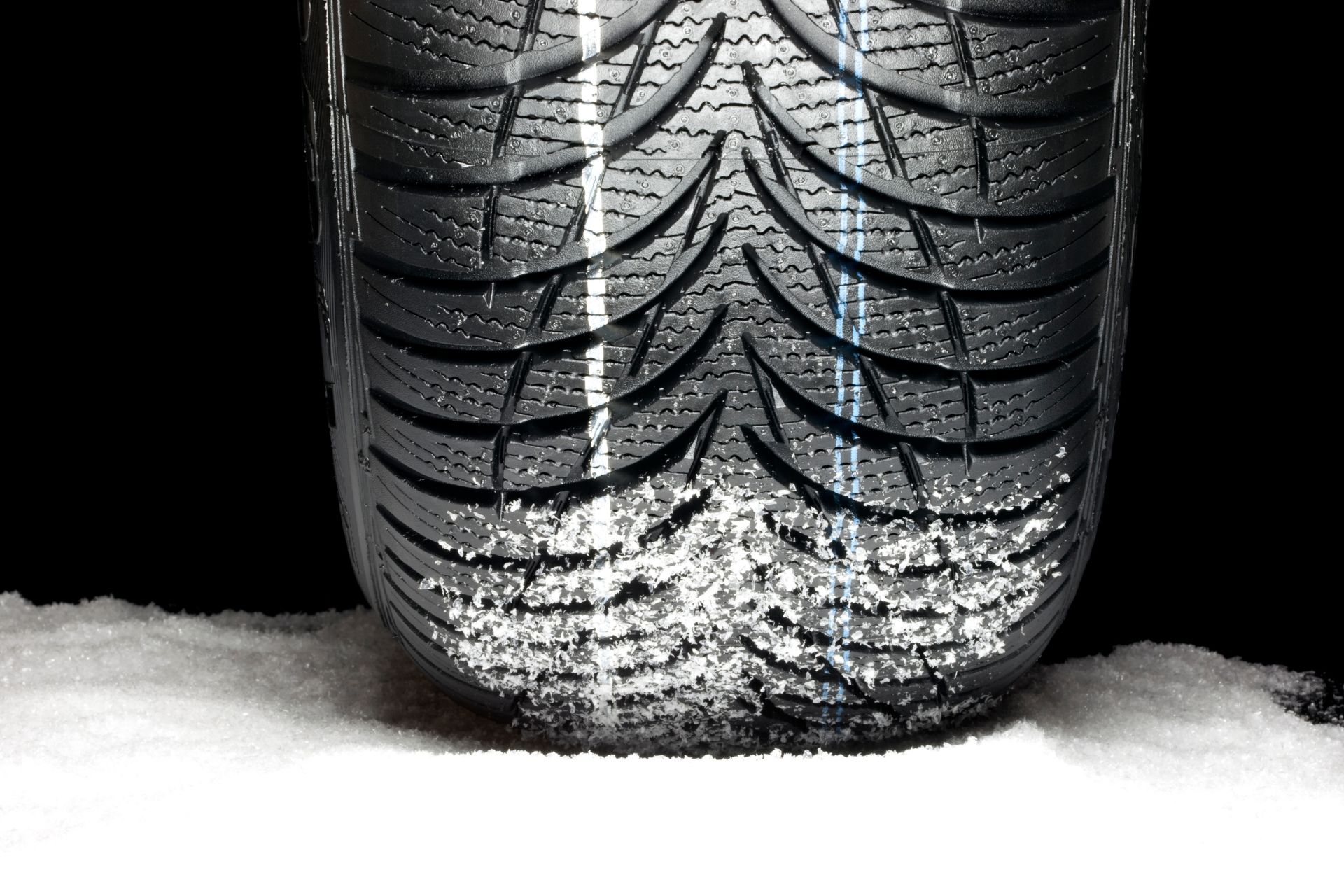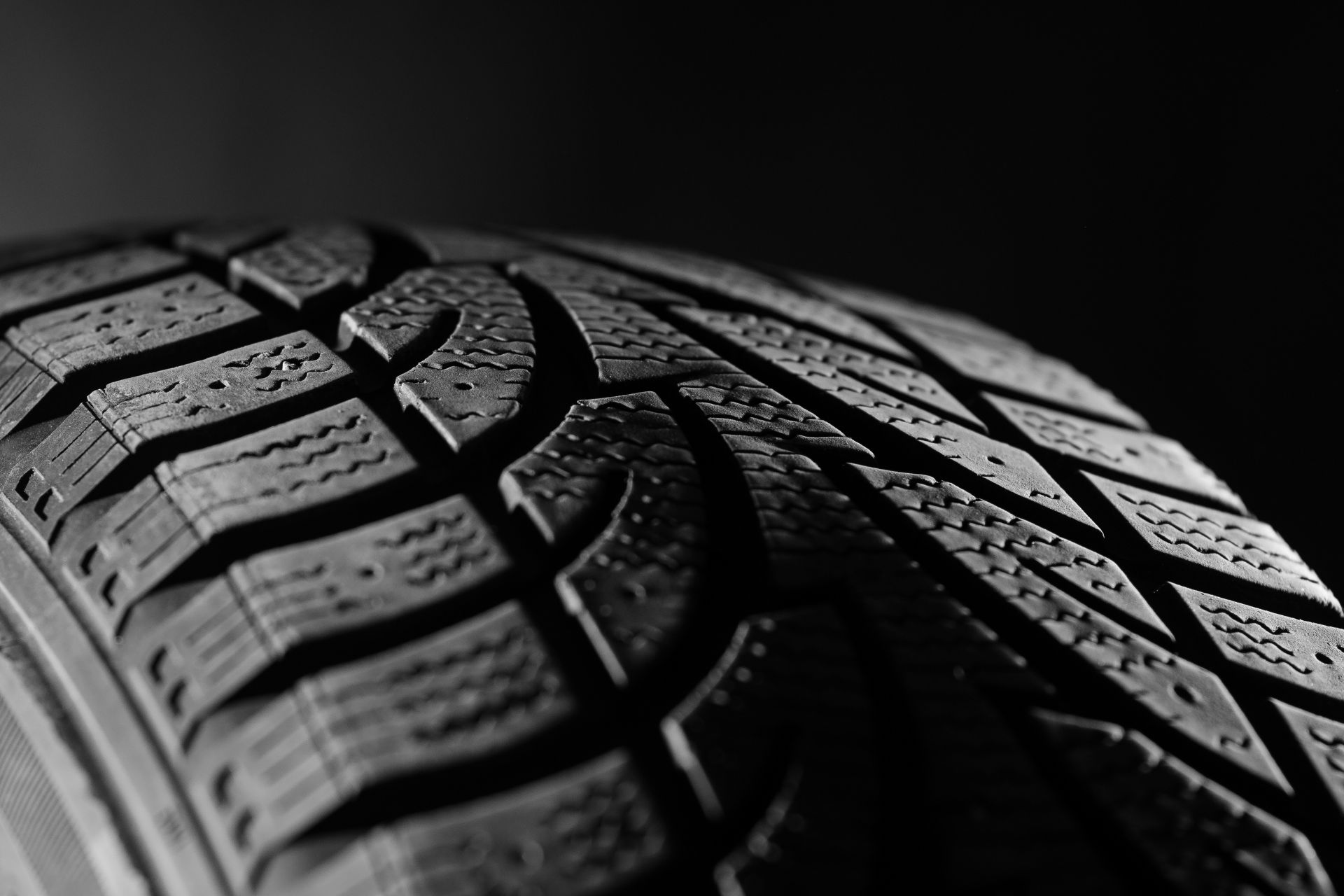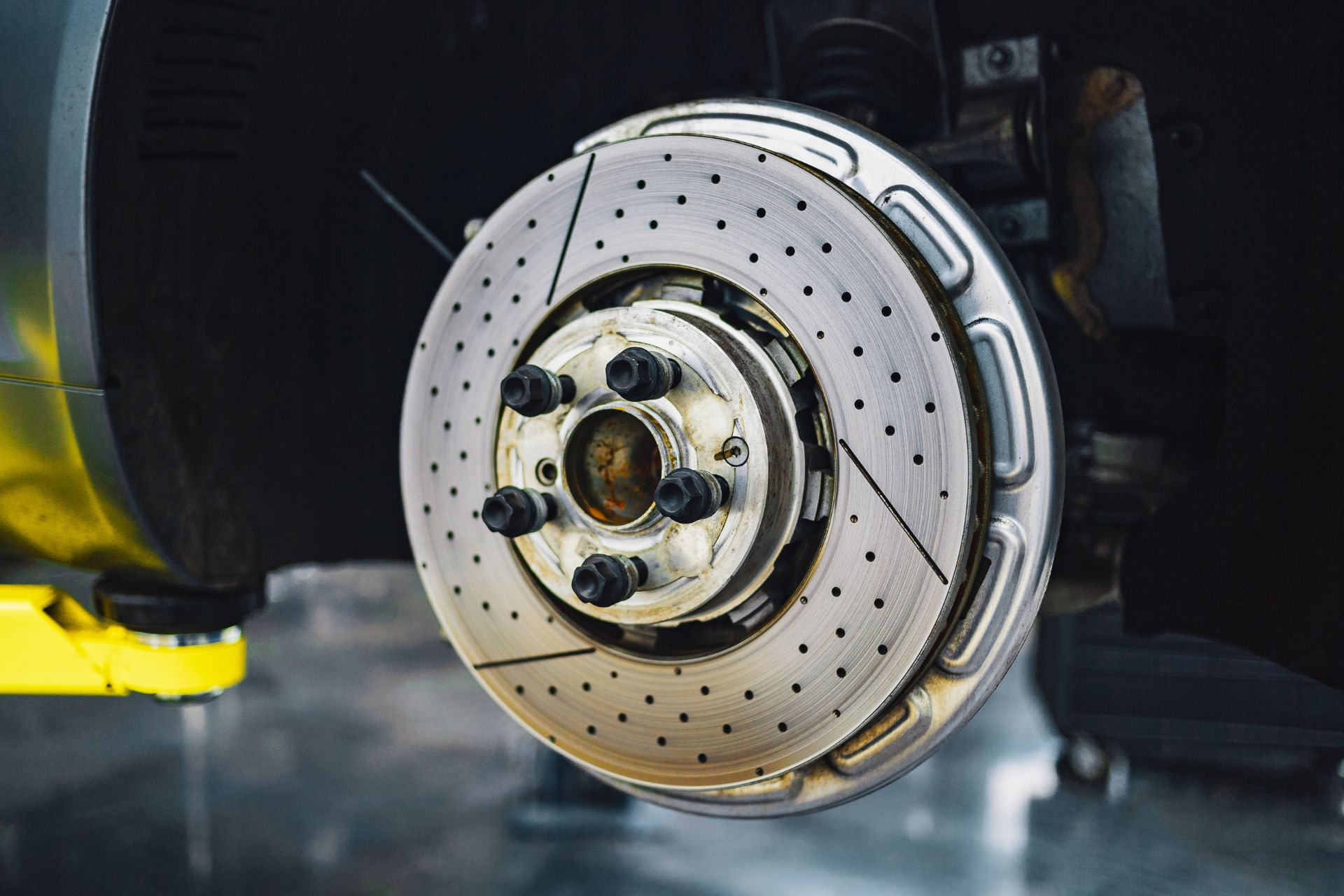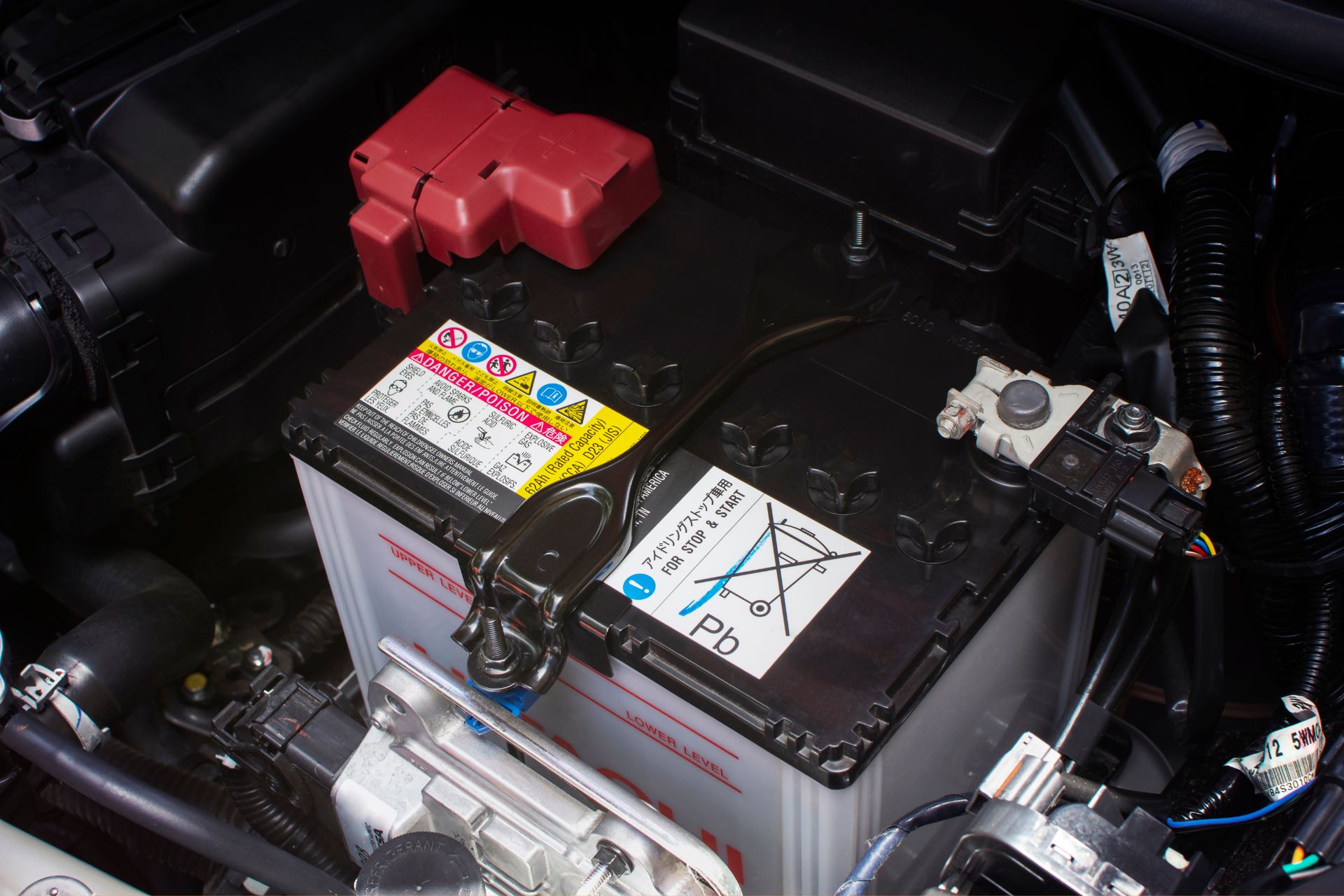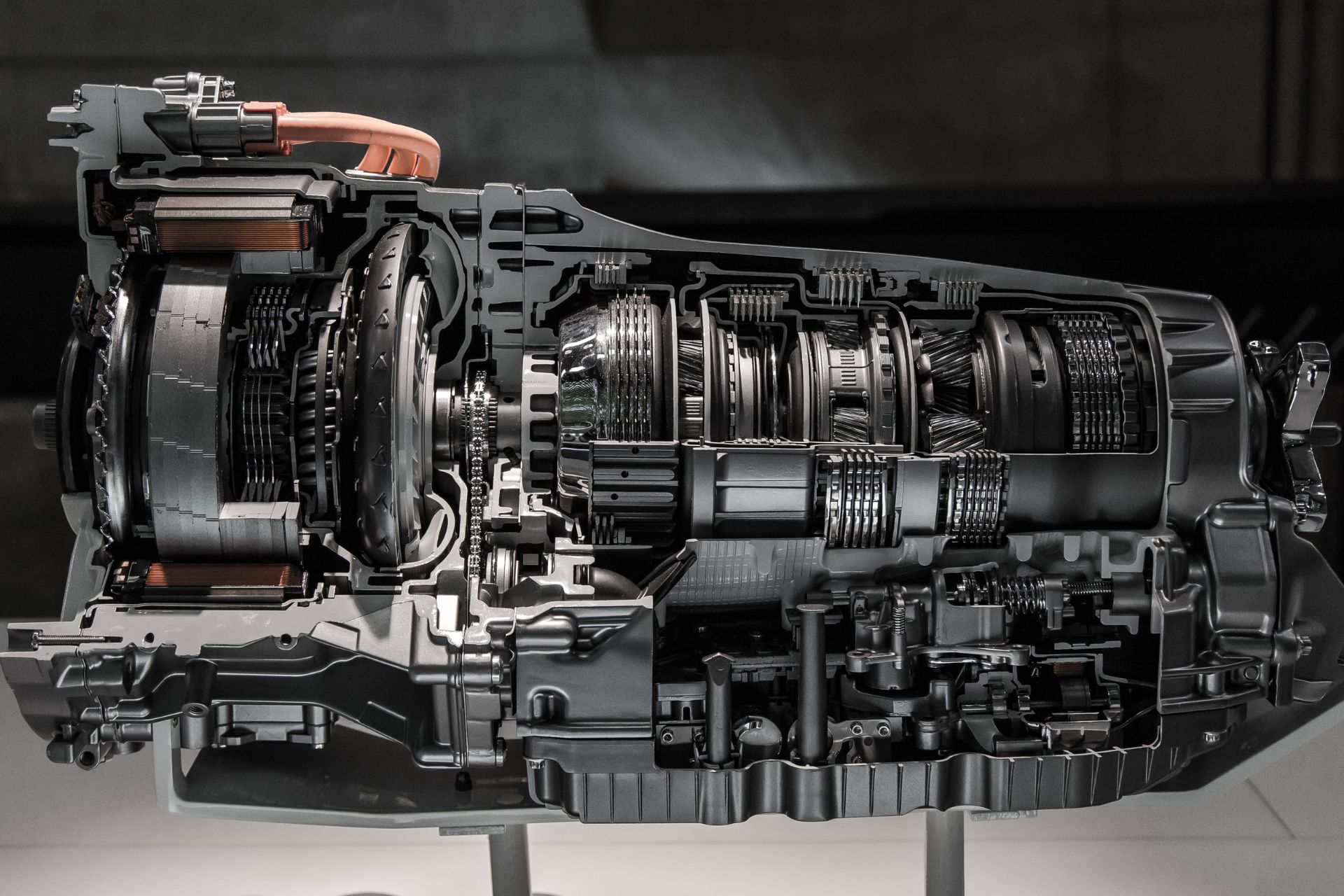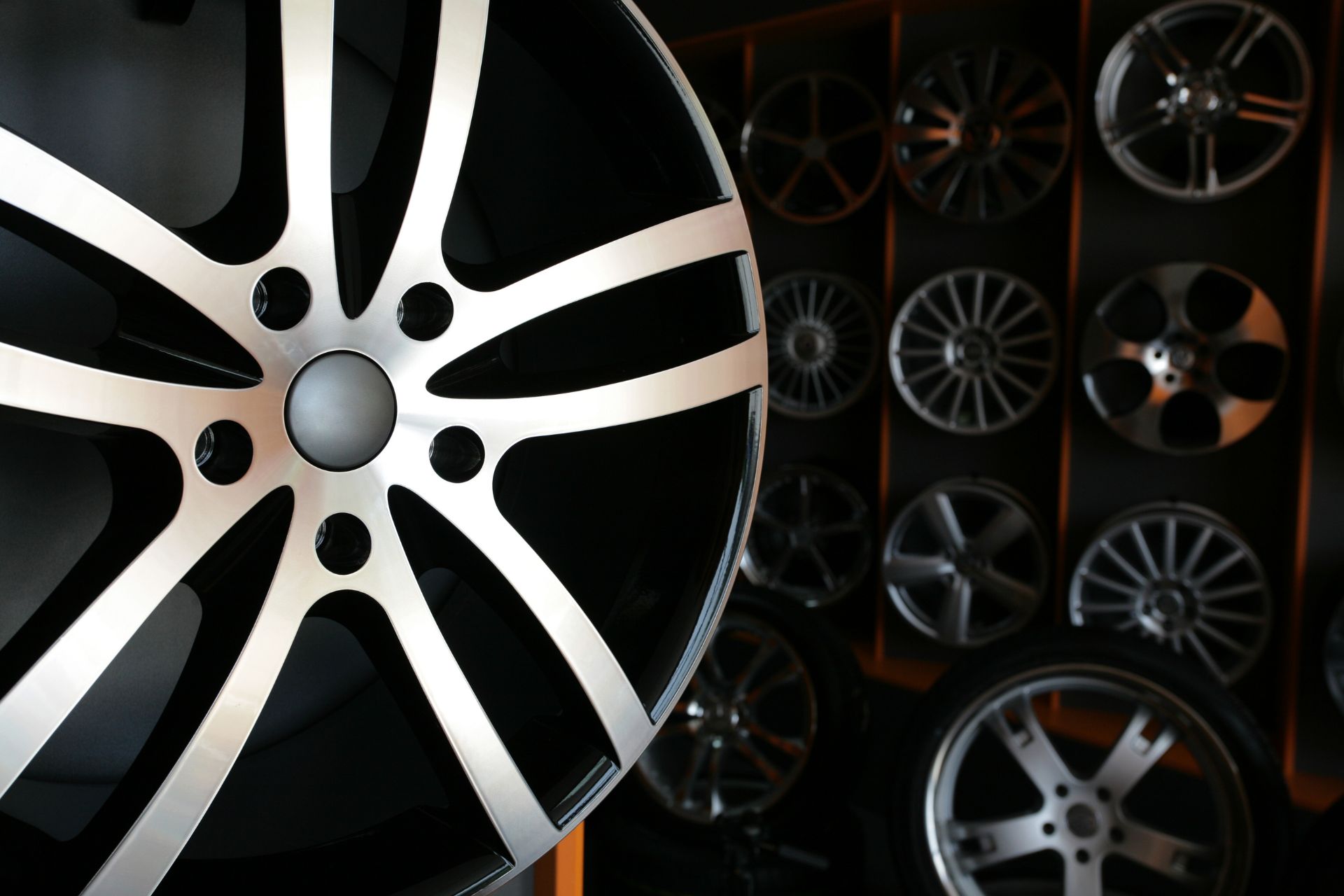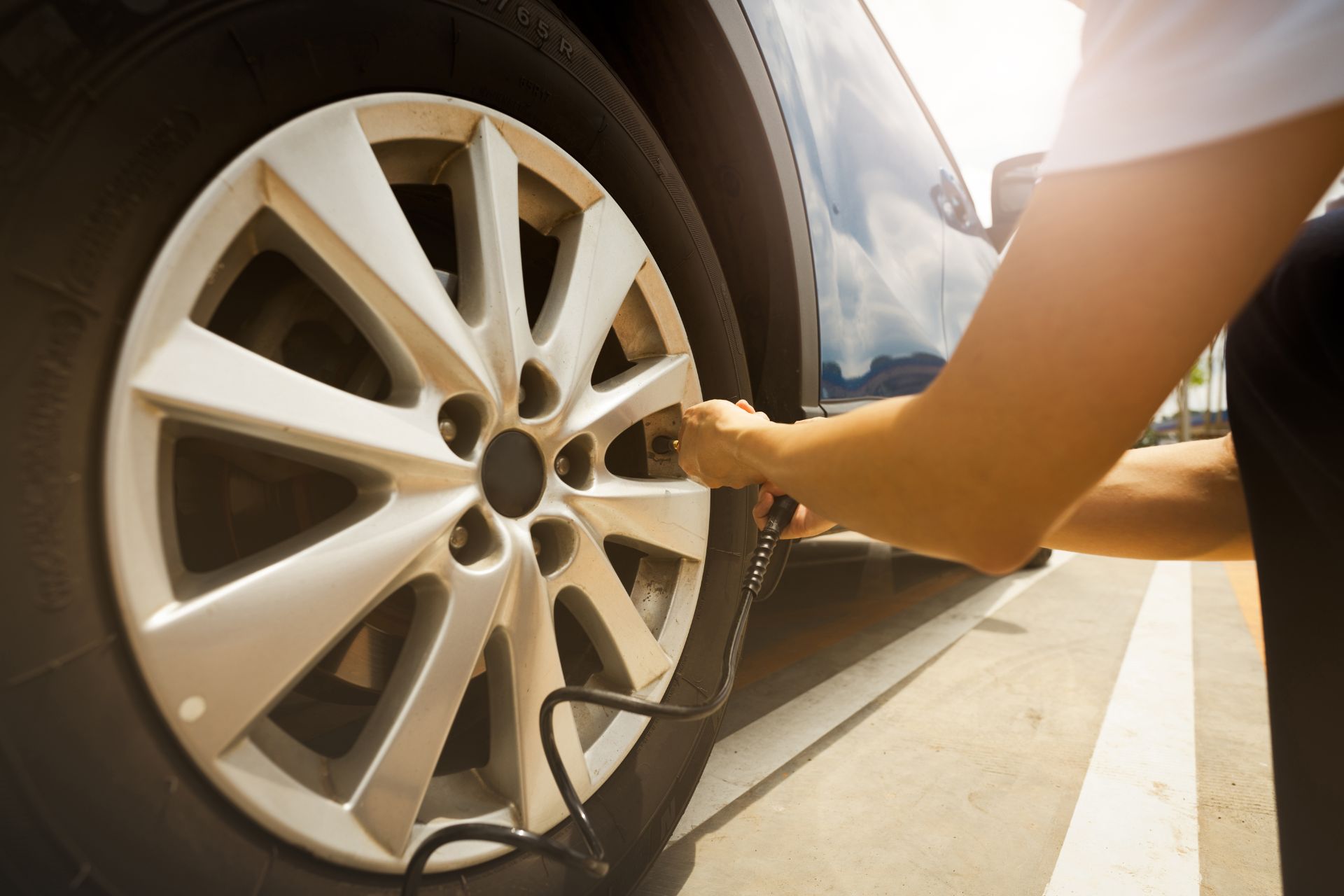Canada’s winter can be tough on your car’s wheels, exposing them to harsh conditions that can lead to corrosion and damage. In this guide, we’ll explore effective strategies from TrilliTires to protect your car wheels during the winter months.
The Impact of Winter on Car Wheels in Richmond Hill
Understanding the specific challenges that winter presents to your car wheels is crucial. From icy roads to corrosive road salt, the winter elements can take a toll on the appearance and performance of your wheels.
Regular Wheel Cleaning for Winter Resilience
Proactive maintenance starts with regular wheel cleaning. Road salt, grime, and winter debris can accumulate on your wheels, accelerating corrosion. TrilliTires recommends a gentle cleaning routine using mild detergent to keep your wheels looking pristine and free from corrosive elements.
Shielding Your Wheels from Salt Damage
Winter road maintenance often involves the use of salt to melt ice, but it can be detrimental to your wheels. Salt accelerates corrosion, leading to rust and potential structural damage. Learn how to protect your wheels from salt damage with TrilliTires’ expert tips.
Utilize Wheel Covers for Extra Winter Defense
Invest in wheel covers as an additional layer of protection for your wheels. These covers act as a barrier, shielding your wheels from winter elements, and preventing snow and ice buildup. TrilliTires offers a variety of wheel covers designed for different wheel sizes to ensure a snug fit and maximum protection.
Avoid Potholes and Rough Roads to Prevent Wheel Damage
Winter often reveals road imperfections like potholes and rough surfaces. Avoiding these hazards is crucial for preserving your wheels. Potholes, in particular, can cause severe damage to your wheels. TrilliTires advises on safe driving practices to minimize the impact of rough roads on your wheels.
Winter Wheel Care Inspection
Regular inspections are key to identifying potential issues before they escalate. TrilliTires’ experts recommend checking for signs of corrosion, loose bolts, and damage. Timely maintenance can prevent minor issues from turning into major problems, ensuring your wheels remain in top condition throughout the winter.
Storage Solutions for Off-Season Wheel Care
If you switch to winter tires, proper storage for your off-season wheels is essential. TrilliTires provides convenient storage solutions, protecting your wheels from temperature extremes and potential damage. Proper storage not only preserves your wheels but also simplifies the seasonal tire change process.
As winter approaches, proactive wheel care is essential to protect your car’s wheels from the challenges posed by the season. From regular cleaning and inspections to investing in wheel covers and proper storage, TrilliTires offers a comprehensive range of products and services to keep your wheels in optimal condition. Implementing these tips will not only enhance your driving experience but also extend the lifespan of your wheels, ensuring a safe and smooth journey throughout the winter months.
